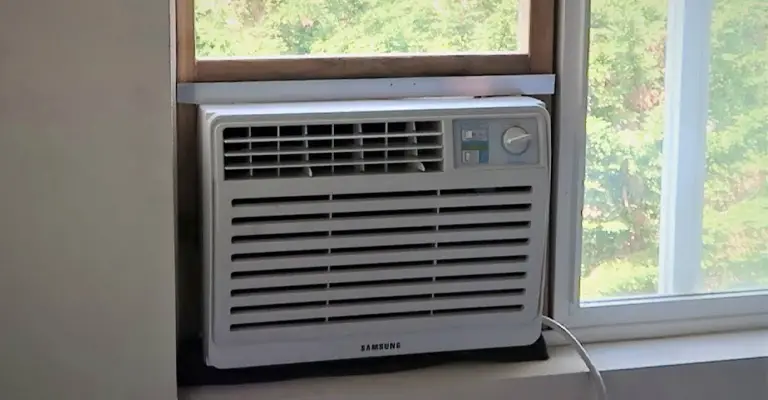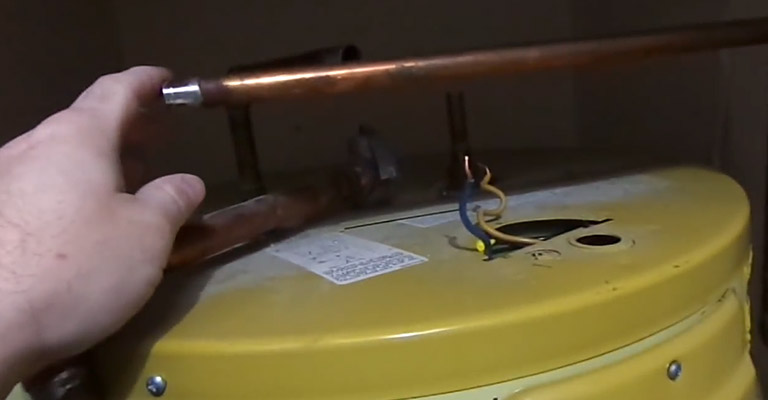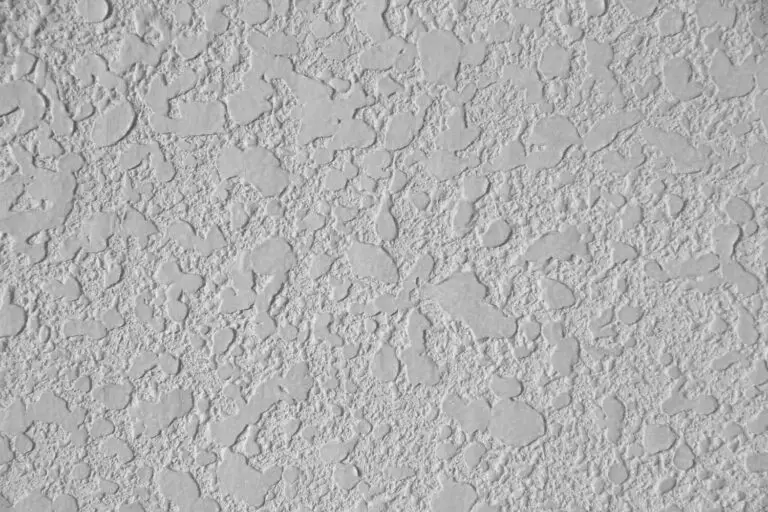Managing the Basement Humidity Level of Your Home
Basements are notorious for being the dampest places in our homes. Whether it’s a space for storage, a laundry room, or an extra living area, maintaining the right humidity level is crucial for the health of both the house and its inhabitants.
Understanding the ideal basement humidity level and how to achieve it can save you from a host of problems, including mold, structural damage, and poor indoor air quality.
Understanding Basement Humidity
What is Humidity?
Humidity refers to the amount of water vapor present in the air. In basements, excessive humidity can arise due to lack of ventilation, poor drainage, or simply because of its subterranean location.
Ideal Humidity Level
The ideal humidity level for a basement is typically between 30% and 50%. This range is sufficient to keep the air comfortable without being too dry or too moist.
Causes of High Humidity in Basements
Several factors can contribute to high humidity levels in basements:
External Weather Conditions
Wet seasons can increase the amount of moisture seeping into the basement.
Poor Ventilation
Basements often lack proper air circulation, leading to stagnant, moist air.
Leaks and Water Seepage
Cracks in foundation walls or poor drainage can allow water to seep into the basement.
Indoor Activities
Activities like drying clothes or running a humidifier can inadvertently increase humidity levels.
The Consequences of Ignoring Basement Humidity
Ignoring high humidity levels in your basement can lead to several problems:
These can cause health issues and damage to your property.
Structural Damage
Excessive moisture can weaken the foundation and structural integrity of your home.
Pest Infestations
Many pests are attracted to damp environments.
Decreased Indoor Air Quality
High humidity can lead to musty odors and contribute to respiratory problems.
How to Measure and Control Basement Humidity
Measuring Humidity
To manage basement humidity, you first need to measure it. This can be done using a hygrometer or humidity gauge, readily available at most hardware stores.
Controlling Humidity
Once you know your basement’s humidity level, you can take steps to control it:
1. Use a Dehumidifier
This is the most direct way to reduce humidity. Choose a dehumidifier based on the size of your basement and its humidity levels.
2. Improve Ventilation
Installing vents or using fans can help circulate air and reduce moisture.
3. Waterproof Your Basement
Seal any cracks in the walls and floor, and ensure gutters and downspouts are directing water away from your foundation.
4. Maintain Your HVAC System
Ensure that your HVAC system is properly sized and functioning efficiently to help regulate basement humidity.
5. Use Moisture-Absorbing Products
Silica gel packets and other moisture absorbers can help in small, enclosed spaces.
Preventive Measures
Prevention is key when it comes to basement humidity. Regular maintenance and inspections can help identify potential problems early. Ensure that your landscaping slopes away from your home to prevent water accumulation around the foundation. Additionally, regular cleaning and decluttering can improve air circulation and reduce the chances of mold growth.
Additional Tips for Managing Basement Humidity
Beyond the primary measures, here are some extra tips to keep your basement’s humidity in check:
Regularly Inspect for Leaks
Regular inspections can help catch leaks early before they contribute significantly to humidity levels.
Install a Sump Pump
If water accumulation is a recurring issue, a sump pump can help remove water from your basement, keeping it dry.
Use Basement-Specific Paints
Some paints are designed to help seal basement walls against moisture penetration.
Insulate Pipes
Proper insulation of pipes can prevent condensation and reduce moisture.
The Role of Plants in Regulating Humidity
Interestingly, certain plants can help regulate humidity levels. Plants like Boston ferns, peace lilies, and English ivies not only add a decorative touch but also absorb moisture from the air. However, it’s important not to over-rely on plants, as they can also contribute to humidity under certain conditions.
When to Seek Professional Help
While many humidity issues can be addressed with DIY solutions, some situations call for professional intervention. If you’re dealing with persistent high humidity, mold outbreaks, or structural issues, it’s wise to consult with a waterproofing specialist or a structural engineer.
Conclusion
Managing basement humidity levels is not just about comfort, but also about safeguarding your home’s structural integrity. Excess humidity and moisture accumulation can lead to a humid basement, which not only affects the quality of basement air but can also damage the basement floor and walls. Implementing solutions like exterior and interior drain tile systems can effectively combat moisture by directing water away from your home’s foundation.
Regularly monitoring the relative humidity with a reliable hygrometer is a proactive step in maintaining a healthy balance, helping to lower basement humidity and prevent the issues associated with basements becoming too humid. Understanding the causes of excess humidity is essential in maintaining a dry and healthy basement environment. Whether it’s sealing cracks to prevent moisture ingress or using dehumidifiers to actively remove excess moisture from the air, every measure contributes to a more comfortable and structurally sound home.
Remember, while basements are naturally prone to higher humidity levels, with the right strategies, including efficient drain tile systems, you can significantly mitigate this risk and enjoy a dry, comfortable basement space. Regular maintenance and timely interventions are key to preventing moisture accumulation and preserving your home’s structural integrity for years to come.





